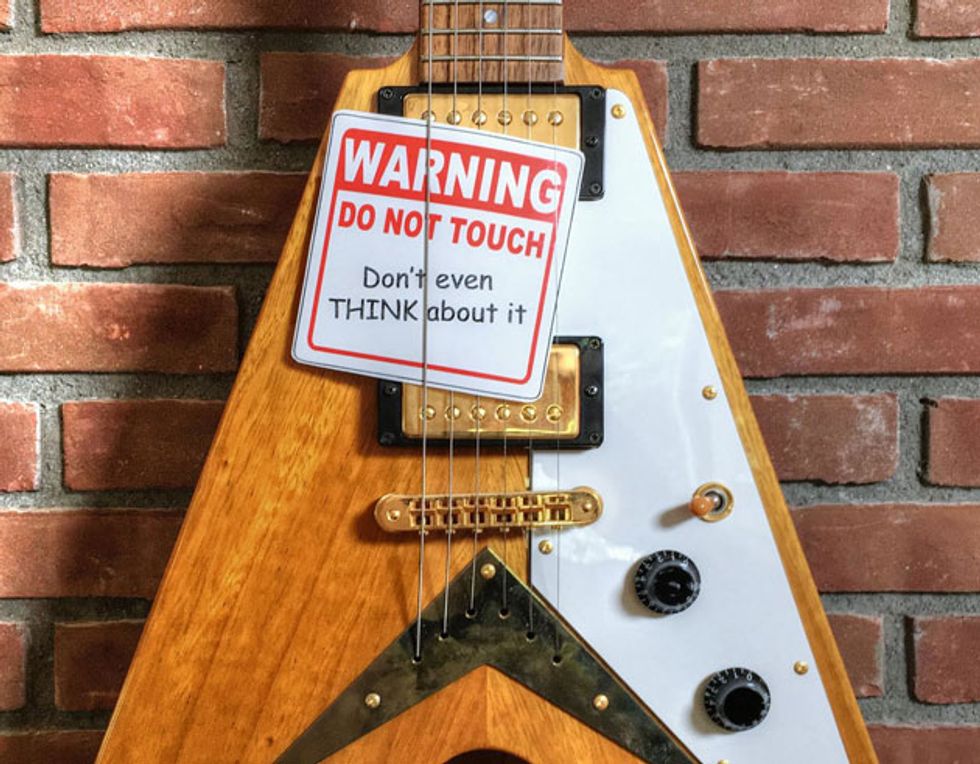You want $350,000 for this empty city lot? It’s just a space! Anyone who has contemplated purchasing a home, or even just glanced at real estate classifieds knows that prices vary widely. How can 40 acres of beautiful woods in Vermont be worth less than a 25' x 50' lot on a crowded city street? Location, location, location, they say. Still, a prime address may be a subjective thing, and many would prefer to live in Vermont over Queens.
Even more perplexing is the idea of placing a value on creative artifacts. I once stood in a museum known for its comprehensive collection of historic art—from Greek Realism to the modern day—admiring a painting that had cost the institution tens of millions of dollars. A few feet away, a guy was telling his friend that his daughter had painted better “pictures” on display on the family refrigerator. (Obviously, this guy would do well to hire an agent for his precocious progeny.) Why are paintings worth more than the cost of the paint, canvas, and frame, and why does one patch of dirt cost more than another? And who decides? This question applies not only to real estate and art, but almost everything that can be bought and sold.
In a way, brands are a bit like neighborhoods. Some are up and coming, while others are already established as desirable. In the world of guitar design, builders are sometimes criticized for just serving up the same old bacon and eggs. But who can blame them? The side of the road is littered with the flaming wreckage of products that tried to go against the grain. Builders who once denounced the classic shapes as being out of step or old-fashioned have eventually bowed to the pressure of the marketplace, which remains surprisingly conservative. So with the overwhelming majority of instruments being based upon a handful of well-trodden, half-century-old designs, how does a builder create value in a product? Is there a true measure of worth in objective performance capabilities?
Certainly, performance can have a lot to do with price, so product managers attempt to stack the deck with proven features they believe will attract performance-seeking buyers. In the automotive world, a Corvette is faster than my pickup truck, but it won’t haul a cord of firewood. So which vehicle performs better? Let’s examine this a little more closely. Even if speed and handling (performance) does determine price, most drivers of Corvettes will never explore their car’s true potential like a professional racing driver could, which sort of makes the benchmark academic. Can this be the same for guitars? Would musicians pay more for Dumble amplifiers because they have the potential to sound amazing in the hands of a gifted player? I think not. It’s usually the belief that a piece of gear will make us sound amazing that drives desire, which is a glaringly subjective criterion. Maybe volume is a better measure of amp performance. I can see it now: amplifier shootout reviews with trophies awarded for decibel levels like some sort of track and field event. At some level, all of this is academic and provides only bragging rights. And that brings me to my point, as jaded as it might be.
If I had to simplify things, I would say that consumers fall into two basic camps: practical and aspirational. Practical consuming is based on things like reasonable cost to performance ratios. (Oh, there it is again—performance.) Whereas aspirational buyers either want what everyone else wants, or what few can have. In marketing speak, aspirational products are aimed at or appealing to people who want to attain a higher social position. This is, of course, open to personal interpretation. You can aspire to fit in or you can aspire to opt out, depending on how you define the social order. Sometimes you can do both at the same time, and that’s rock ’n’ roll.















![Rig Rundown: Russian Circles’ Mike Sullivan [2025]](https://www.premierguitar.com/media-library/youtube.jpg?id=62303631&width=1245&height=700&quality=70&coordinates=0%2C0%2C0%2C0)









